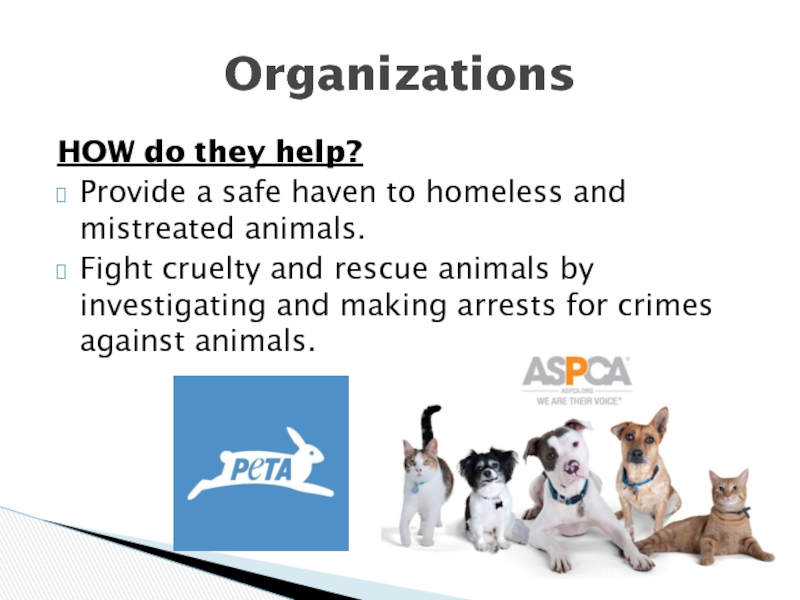Animal cruelty is a pervasive issue that pervades societies worldwide, manifesting in various forms, such as neglect, abandonment, abuse, and exploitation. As we ponder the profound question: What can be done about animal cruelty? it becomes evident that merely lamenting the plight of innocent creatures is insufficient. Actionable solutions must be articulated and implemented with unwavering commitment. Recognizing the significance of collective effort, we are called to investigate viable strategies that foster a compassionate connection between humans and animals.
To embark on this journey of change, we must first comprehend the multifaceted nature of animal cruelty. It is not merely an act committed by a few malefactors; it is a systemic issue rooted in ignorance, cultural practices, and societal indifference. By understanding the underlying factors, we can better address the challenge of animal cruelty and cultivate an environment that promotes ethical treatment.
One foundational step is education. By disseminating information about the importance of animal welfare and the repercussions of cruelty, we can begin transforming attitudes towards our fellow beings. Schools should integrate comprehensive curricula that encompass humane education, fostering empathy in young minds. Workshops, community seminars, and digital campaigns can further amplify this message, creating a ripple effect that transcends generations.
Moreover, consider adopting companion animals from shelters. Every pet adopted is a life saved and a statement made against animal cruelty. This act of kindness not only provides a loving home for an animal in need but also raises awareness about the critical situation in shelters. Promote local adoption events through social media and community outreach. The question to ask is: how many animals could be spared if every household committed to adopting at least one pet?
Another compelling solution is advocating for stricter legislation pertaining to animal rights. Many regions lack robust laws that adequately protect animals from cruelty. Lobbying for the implementation of comprehensive anti-cruelty laws, along with stiffer penalties for violators, can deter potential offenders. Enlist advocacy groups to publish success stories and statistics reflecting the benefits of stricter regulations. An informed populous can spearhead campaigns that compel lawmakers to prioritize animal welfare.
Gesture toward supporting organizations that focus on rescuing animals from abusive situations. Volunteers and donations play pivotal roles in these endeavors. By engaging with local shelters, sanctuaries, and rescue organizations, individuals can contribute directly to the cause. This not only aids in the rehabilitation and rescue of animals but also fosters a sense of community among like-minded advocates. Challenging oneself to dedicate just a few hours a week can create monumental changes in the lives of suffering animals.
Furthermore, it is essential to address the commercial aspect of animal cruelty, particularly in industries such as food production, fashion, and entertainment. Support businesses that prioritize cruelty-free practices. Familiarize yourself with labels that indicate humane treatment of animals. Encourage ethical consumerism by choosing products that align with values of compassion and sustainability. The approaches may include participating in “Meatless Mondays” or opting for clothing made without animal-derived materials. Each purchase can be a powerful statement against cruelty.
Social media platforms can be powerful tools for change. Utilize them to spread awareness about animal cruelty and effective solutions. Create a ‘call to action’ campaign within your network. For instance, share posts that educate followers on the signs of animal abuse and how to report such incidents promptly. This interactive approach can galvanize others into action, igniting a collective response that can bring about monumental changes. Have you considered how a single tweet or post could resonate with hundreds, perhaps thousands, of individuals?
Moreover, fostering partnerships between animal welfare organizations and local businesses can create mutually beneficial relationships. Sponsorship of adoption events, community programs, and fundraisers can not only amplify the efforts of these organizations but also elevate the profile of participating businesses as community-focused entities. By creating an environment where businesses invest in the welfare of animals, we advance towards a collective vision of compassion.
Engaging in peaceful protests and awareness campaigns can also draw public attention to animal cruelty. Events that highlight specific issues—such as puppy mills, factory farming, or circuses using animals—can mobilize community members, raise awareness, and incite action. The challenge lies in ensuring these events are impactful without resorting to aggression or hostility. Thought-provoking visual displays, informative pamphlets, and passionate speeches can resonate deeply with attendees, encouraging them to rethink their choices and attitudes.
Additionally, online petitions have shown to be effective in galvanizing public opinion. When communities organize to voice collective concerns regarding animal welfare, it can lead to significant changes. By mobilizing local and national efforts through digital platforms, activists can press for change in policies and raise awareness of existing issues.
Ultimately, the fight against animal cruelty demands a multifaceted approach characterized by education, advocacy, community involvement, and ethical consumerism. By implementing these actionable solutions, we can forge a more compassionate world for all beings. The question now is: what steps will you take today to be a catalyst for change? Each small act can lead to significant transformations, resonating through communities and generations, driving home the message that animals deserve respect, care, and kindness. Together, we have the power to extinguish the shadow of cruelty and illuminate the world with compassion.







